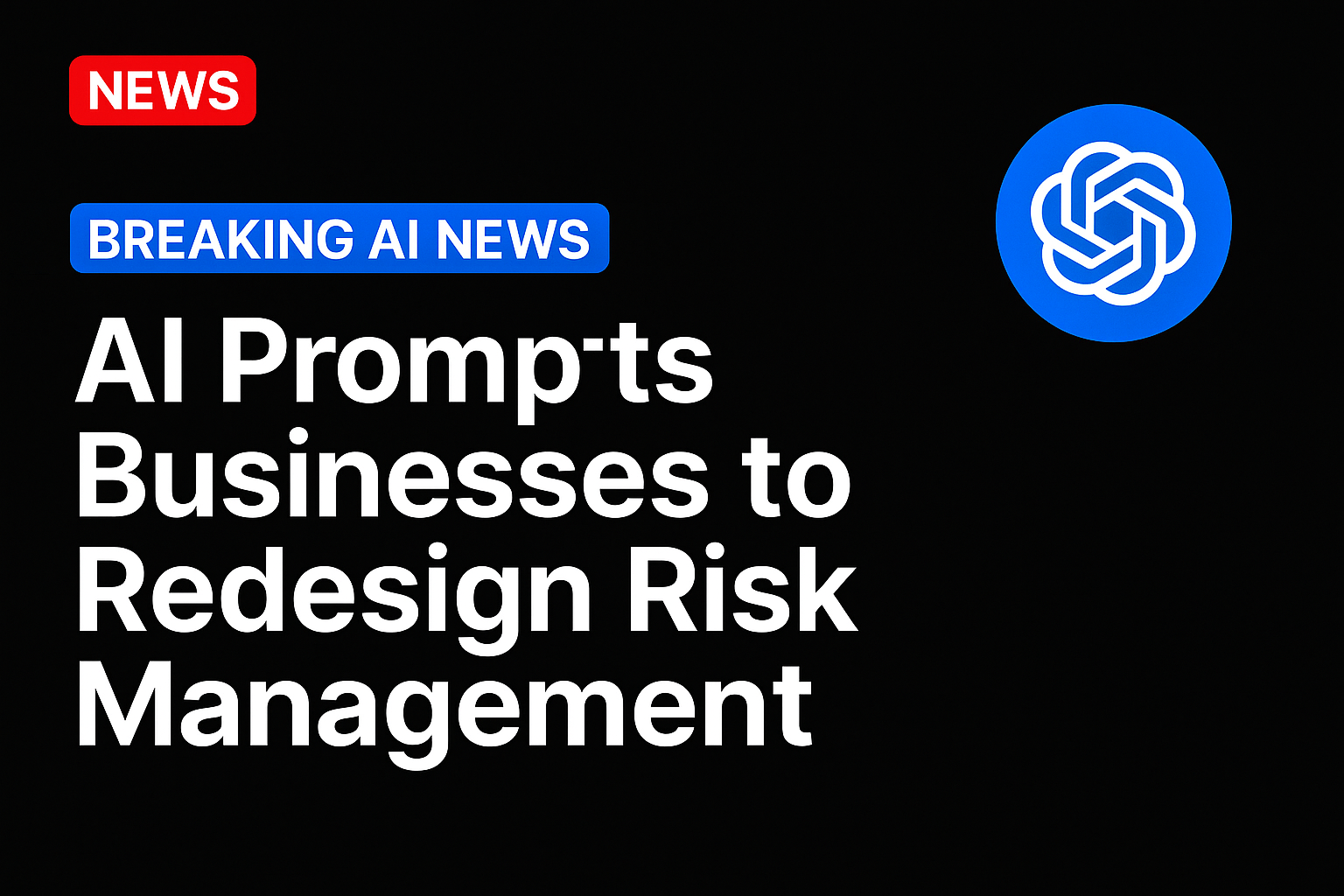
Artificial intelligence’s (AI’s) growing integration into enterprise operations is reshaping how companies measure and manage risk. As automation expands across finance, logistics and customer operations, oversight functions that once relied on periodic reviews are being redesigned for real-time environments.
The World Economic Forum’s 2025 Cybersecurity and AI report found that global cyber incidents have tripled since 2022. Seventy percent of executives said AI has increased their exposure to digital risk, even as it improved productivity. Only 39% of firms surveyed said they have a formal framework for AI governance.
The Stanford AI Index 2025 recorded 233 reported AI-related incidents in 2024, the highest number since tracking began. Responsible AI practices remain uneven, and only a minority of industrial developers conduct standardized safety or factuality evaluations.
Meanwhile, the investment curve continues to rise. PYMNTS projects AI-related spending to exceed $2.8 trillion through 2029, while Stanford data shows private AI investment reached $124 billion last year, with governance and security among the fastest-growing categories.
Cybersecurity at Speed of AI
AI now functions as both the most sophisticated threat vector and the most effective defense. McKinsey research finds that organizations using AI-based detection shorten their threat-identification cycles by more than 60%, showing how security operations are shifting toward continuous monitoring.
A DXC Technology and Microsoft study shows that while 90% of enterprises have adopted zero-trust frameworks, only 35% have implemented AI-driven detection. Average breach-response times remain about 42 hours, but AI-enabled pilots reduced that window to under five minutes.
Adoption is accelerating. PYMNTS data shows that 55% of global companies have implemented AI-powered cybersecurity, with 68% reporting improved detection accuracy and 42% faster incident response. Financial firms remain ahead of other industries: The World Economic Forum found that banks detect network anomalies in 38 minutes on average, compared with nearly four hours across other sectors.
Using AI to Oversee AI
Enterprises are beginning to apply AI oversight internally. Microsoft’s Responsible AI Transparency Report outlines how automated dashboards monitor fairness, reliability, and safety across model lifecycles. The company reports a 40% reduction in incident detection and investigation time from these systems.
The Stanford AI Index found that only 18% of firms publish documentation on model training data, underscoring gaps in transparency. To close that gap, more firms are turning to automated systems that track and alert on model behavior. Early pilots show these tools help teams detect issues sooner, improve oversight, and cut compliance errors by making risk reporting faster and more consistent.
Measuring Progress in Responsible AI
As investment and regulation scale, AI accountability is beginning to show quantifiable outcomes. The World Economic Forum estimates that organizations using automated governance systems reduce compliance and audit cycle times by up to 25%. PYMNTS research shows that companies embedding AI into fraud and compliance monitoring record 22% fewer false positives and 30% lower compliance costs than those relying solely on manual review.
Consumers are reinforcing the same trend. According to Mastercard’s 2025 Consumer Cybersecurity Survey, 78% of respondents said companies should verify how their data is used before consent, and 64% said explainable AI features increase trust.
Source: https://www.pymnts.com/




